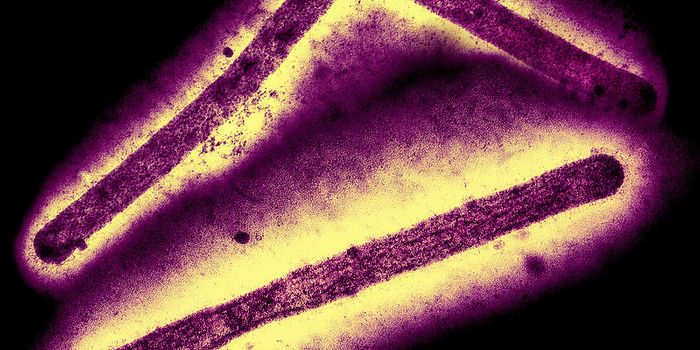New Observations of a Cancer Transcriptase
New research shows a transcriptase that helps time cell death varies in expression, and is unusually localized, in cancer cells. The transcriptase, Telomerase Reverse Transcriptase (TERT), is responsible for maintaining and protecting the ends of the chromosome from degradation.
The life of a healthy cell is programmed to end when the telomerase inevitably begins to deteriorate. In cancerous cells, TERT is overactive and extends the telomerase, even when the cell's overall health is declining. The infinite extension means cell death is never signaled, giving cancer cells their immortal quality.
Researchers from the University of Colorado Boulder and the BioFrontiers Institute used single-molecule RNA fluorescent in situ hybridization (sm-FISH) to examine TERT expression and localization in individual cancer cells. For the first time, researchers were able to compare TERT expression in individual cells. Expression was measured in cells with the same and different cancer types. These nuanced observations of cancer-driving transcriptases are critical for developing gene-therapies.
By visualizing individual cells, researchers are now able to see that TERT is expressed in varying amounts among cells in the same tumor. Similarly, patterns of TERT expression are not consistent across all cancers. The researchers looked at cells of ten different types of cancers and found that even though TERT is overactive in all of these, it is active at different levels. Previous literature studied TERT expression by observing cells in a tumor as a whole, obscuring variation in expression.
One other unexpected observation is that the TERT mRNA is found primarily in the nucleus, while mRNA is usually found in the cytoplasm where it is processed and made into protein. The researchers even observed the odd localization of TERT in stem cells, showing that the localization is not due to the cancer. It is still unknown why the TERT mRNA is localized in the nucleus, and the researchers plan to investigate this question further.
TERT is a hopeful target for gene-therapies that could cure many types of cancer. Research about TERT activity is important in determining if the protein could be useful in curing cancer.
Sources: Rowland et al., University of Colorado Boulder









